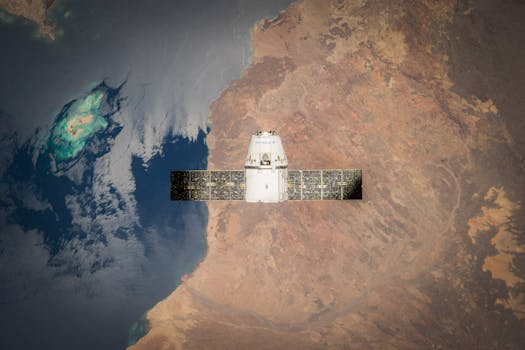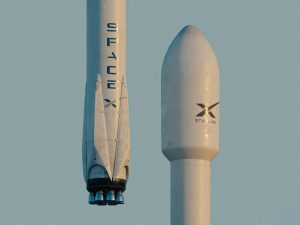Orbiting Innovations: Exploring the Latest in Earth-Observing Technology

Orbiting Innovations: Exploring the Latest in Earth-Observing Technology
Orbiting Innovations: Exploring the Latest in Earth-Observing Technology has become a crucial aspect of modern society, enabling us to monitor and understand the complexities of our planet. With the rapid advancement of technology, Earth-observing capabilities have improved significantly, providing high-resolution images and valuable data that can be used to predict weather patterns, track climate change, and manage natural resources.
Introduction to Earth-Observing Technology
Earth-observing technology refers to the use of satellites, sensors, and other instruments to collect data about the Earth’s surface and atmosphere. This data can be used to monitor a wide range of phenomena, including weather patterns, ocean currents, and land use changes. The technology has been around for several decades, but recent advancements have led to significant improvements in resolution, accuracy, and accessibility.
Applications of Earth-Observing Technology
Earth-observing technology has a wide range of applications, including weather forecasting, climate monitoring, and natural resource management. For example, satellite imagery can be used to track the movement of hurricanes, monitor droughts, and predict crop yields. The technology can also be used to monitor deforestation, track wildlife populations, and detect natural disasters such as earthquakes and tsunamis.
Recent Advancements in Earth-Observing Technology
Recent advancements in Earth-observing technology have led to significant improvements in resolution, accuracy, and accessibility. For example, the launch of the Landsat 8 satellite in 2013 provided high-resolution images of the Earth’s surface, while the launch of the Sentinel-2 satellite in 2015 provided high-resolution images of the Earth’s land surfaces. Additionally, the development of small satellites, such as CubeSats, has made it possible to launch satellites at a lower cost, increasing access to Earth-observing data.
Conclusion
In conclusion, Orbiting Innovations: Exploring the Latest in Earth-Observing Technology is a rapidly evolving field that is providing unprecedented insights into the health of our planet. With the rapid advancement of technology, Earth-observing capabilities will continue to improve, providing high-resolution images and valuable data that can be used to predict weather patterns, track climate change, and manage natural resources. As the technology continues to evolve, it is likely that we will see significant improvements in our ability to monitor and understand the complexities of our planet.




